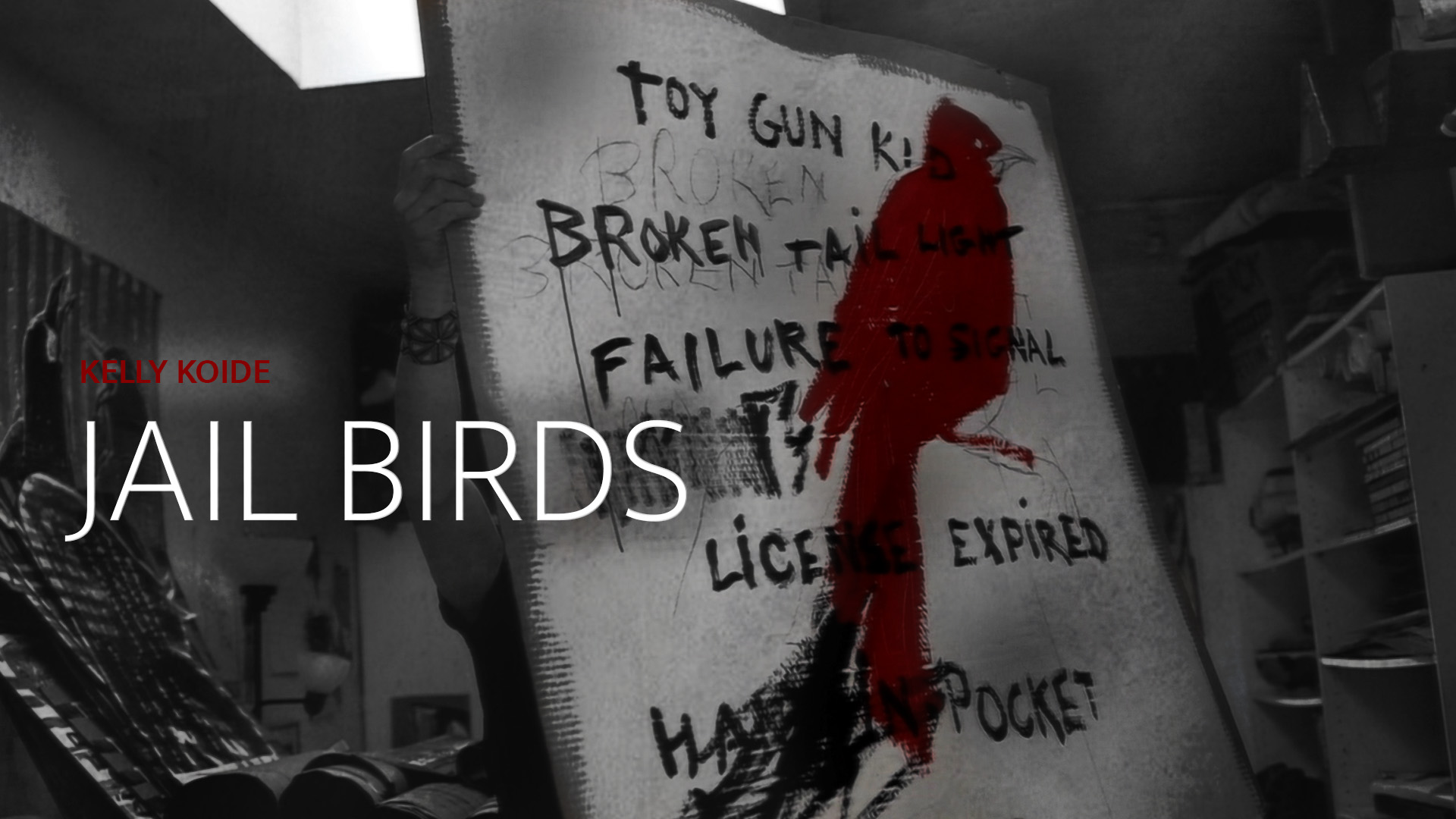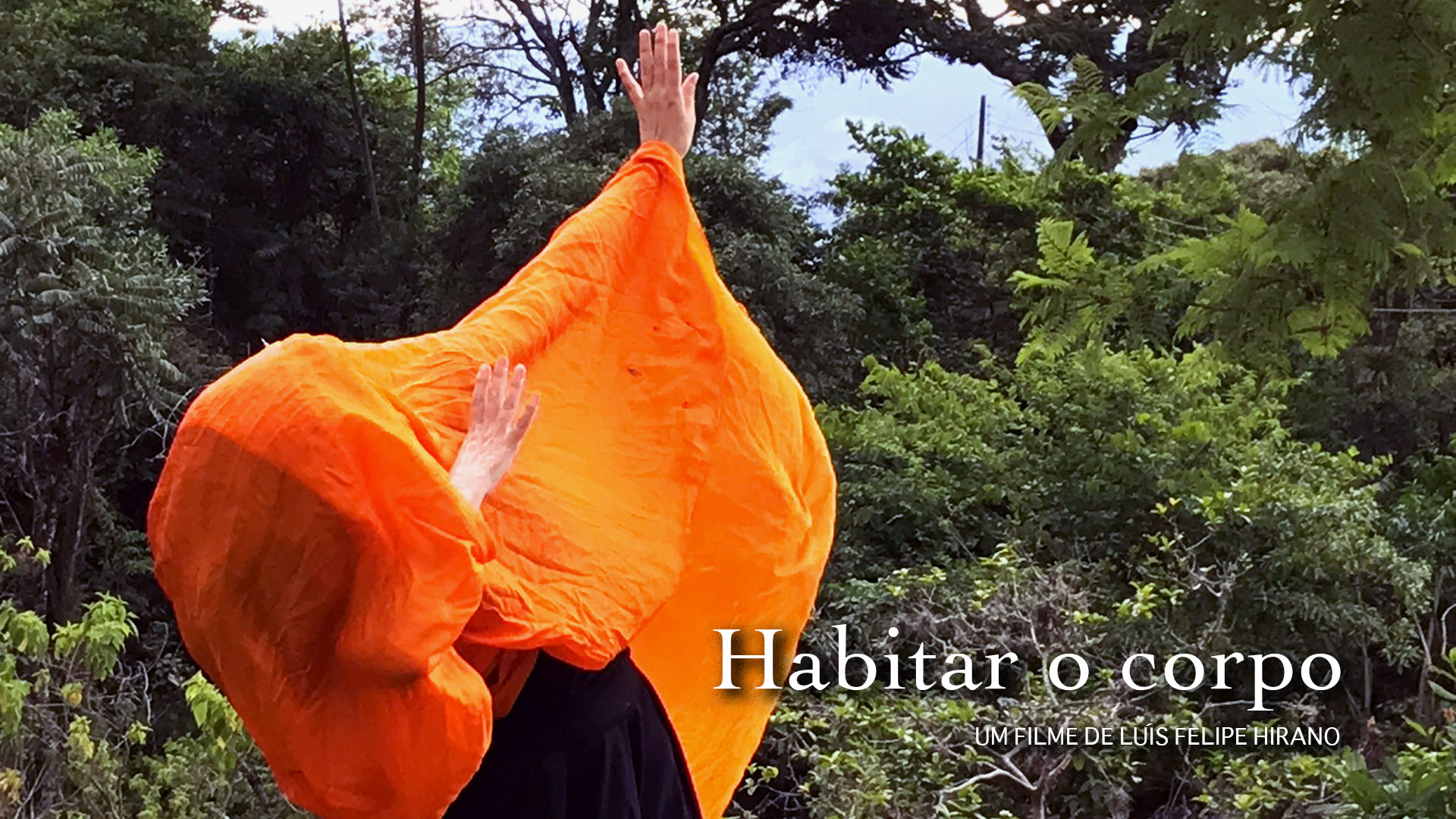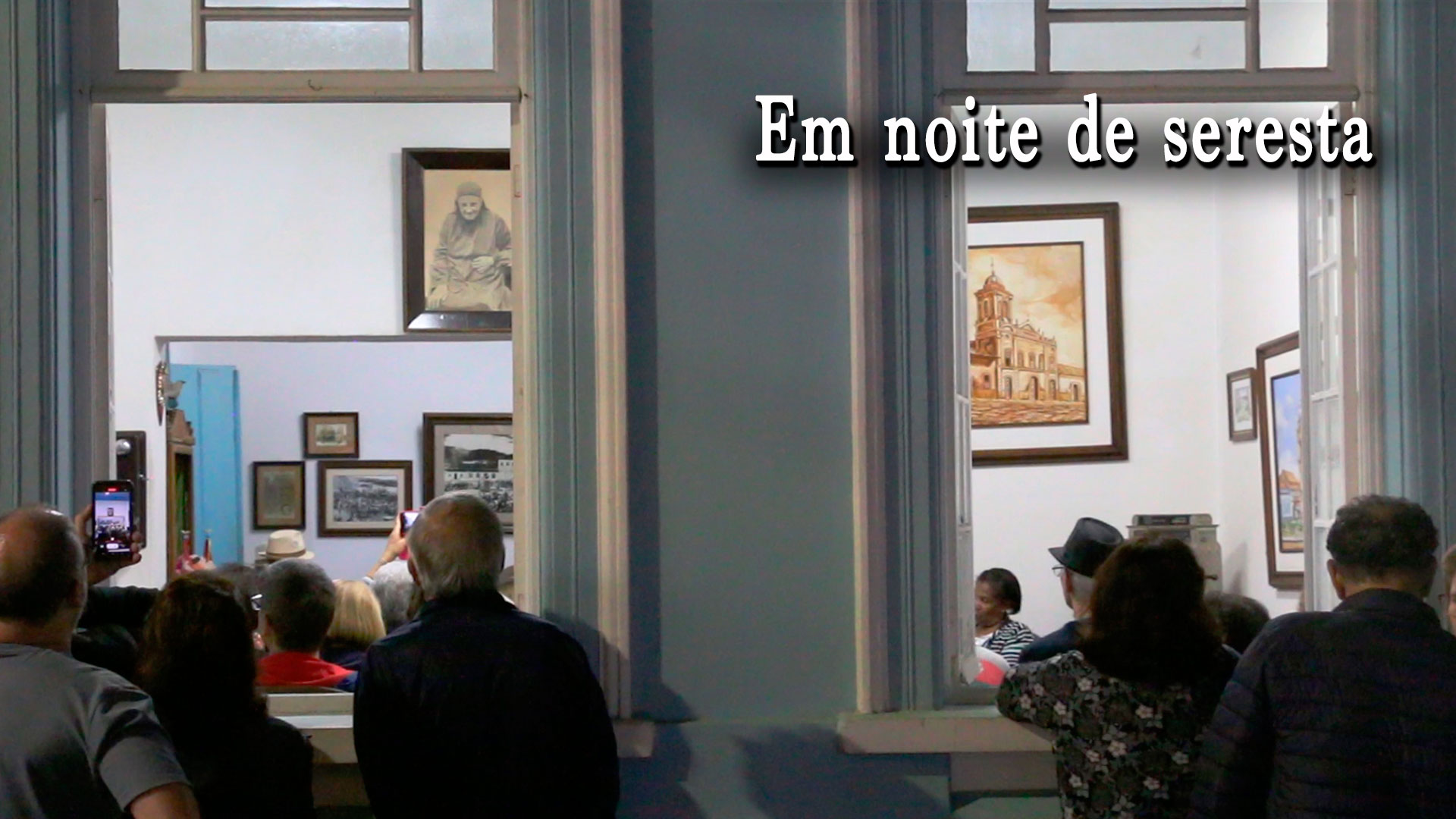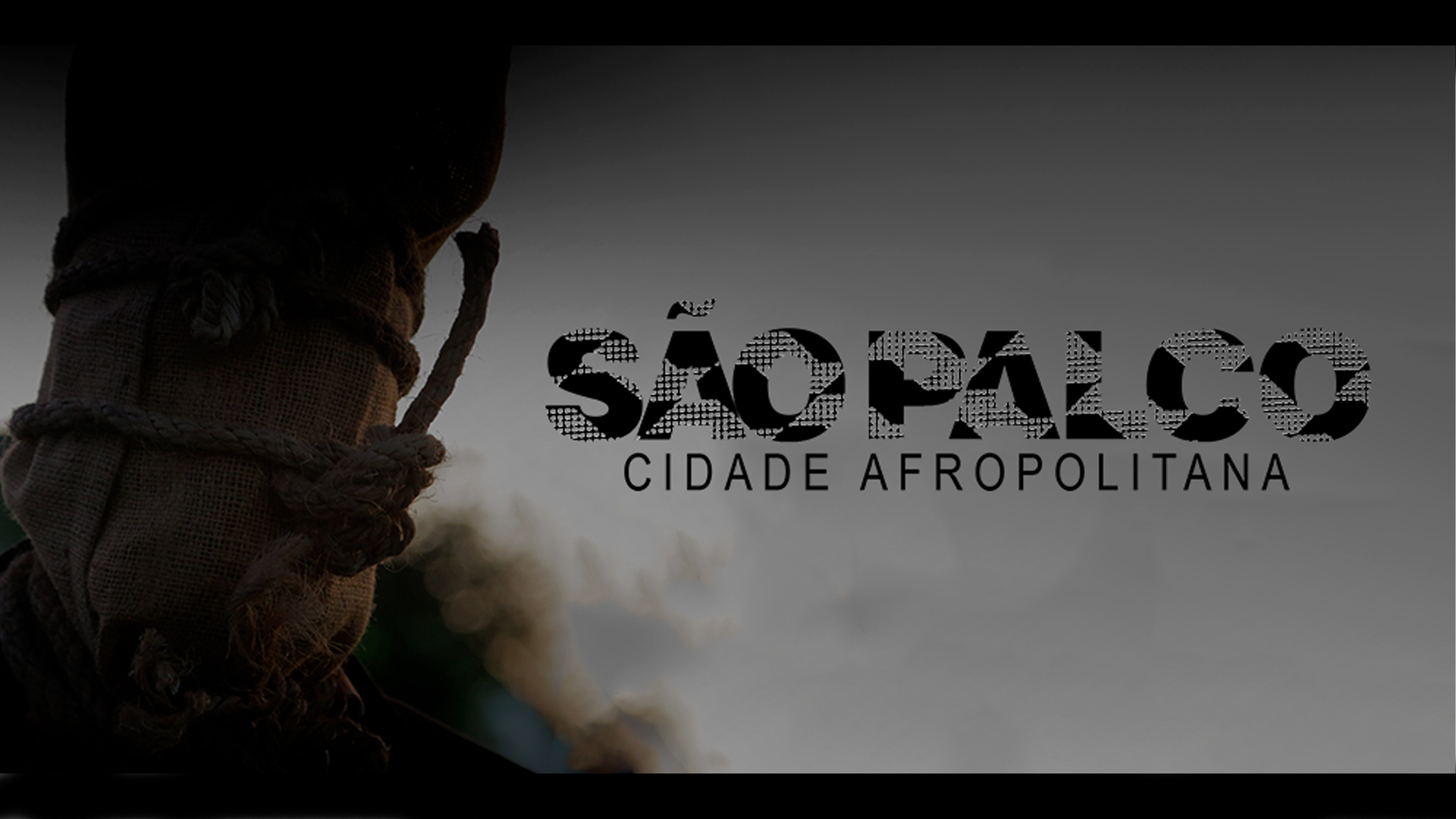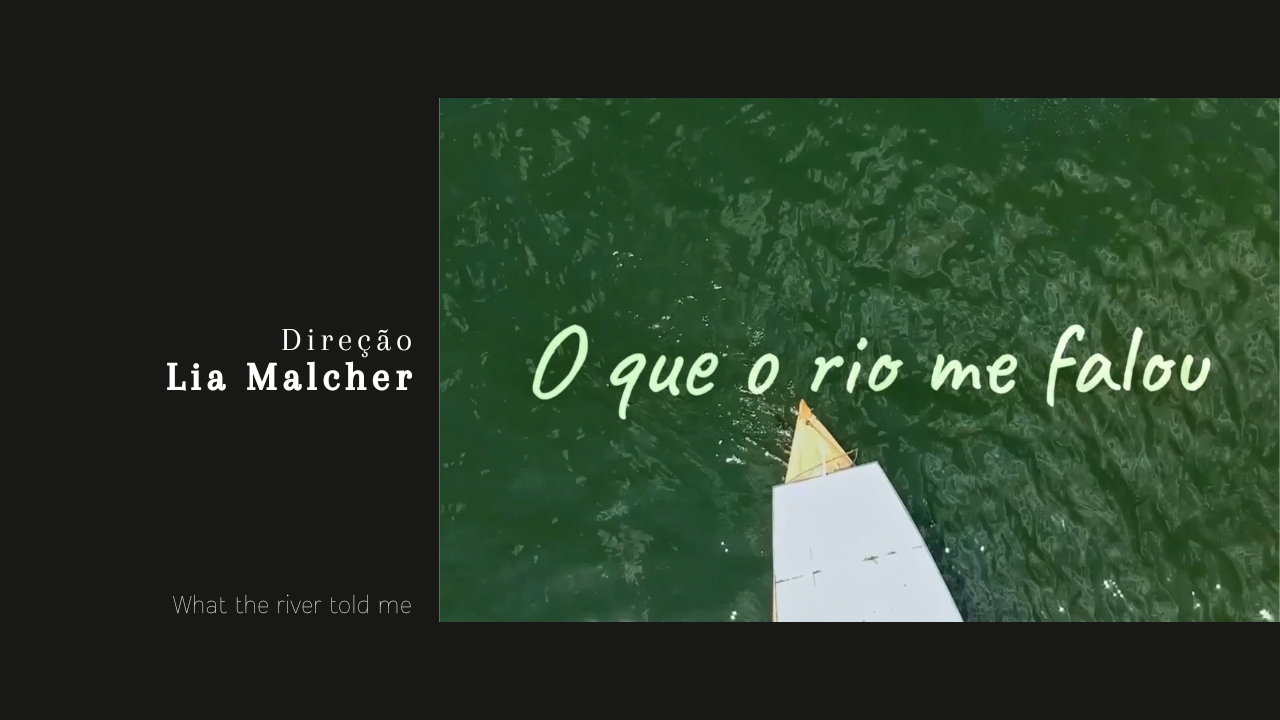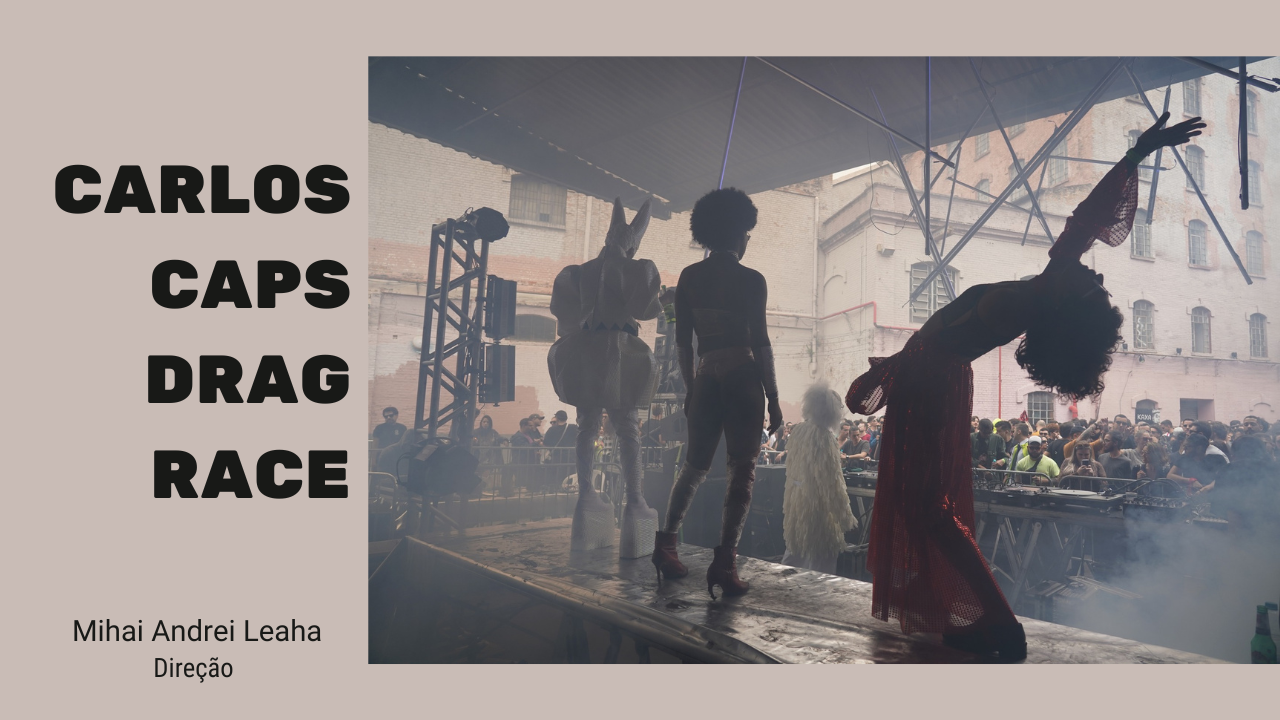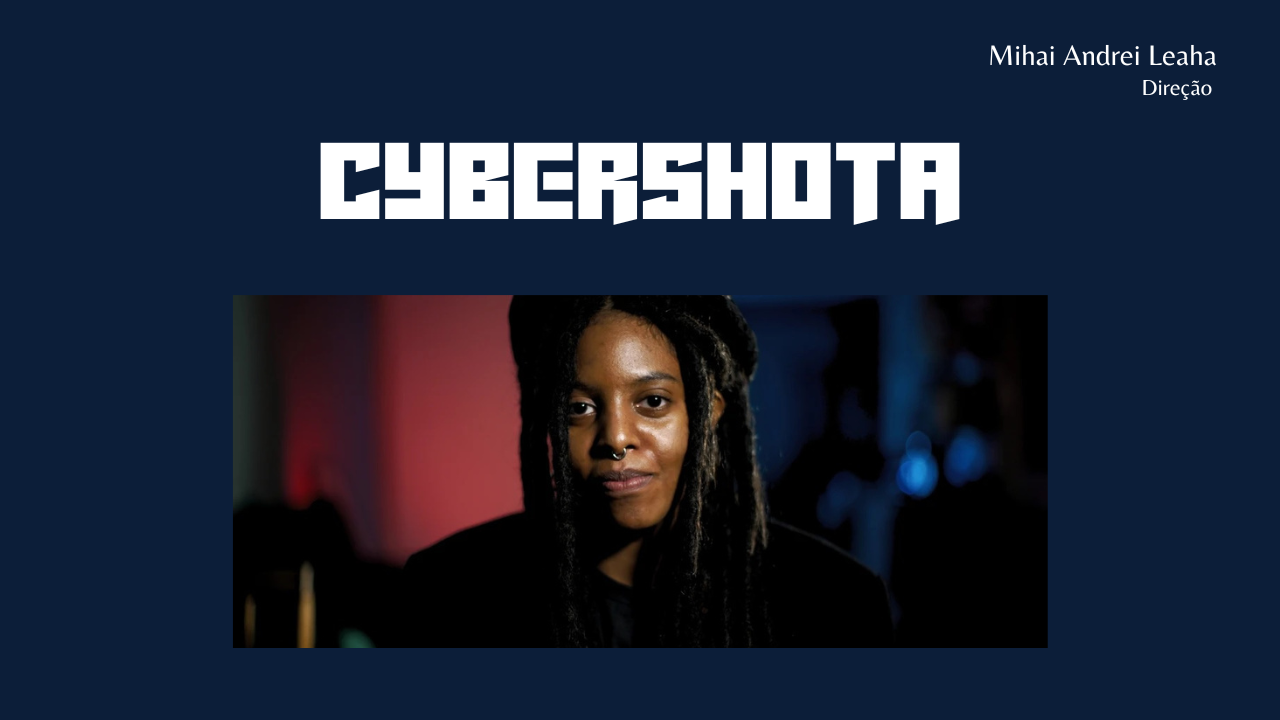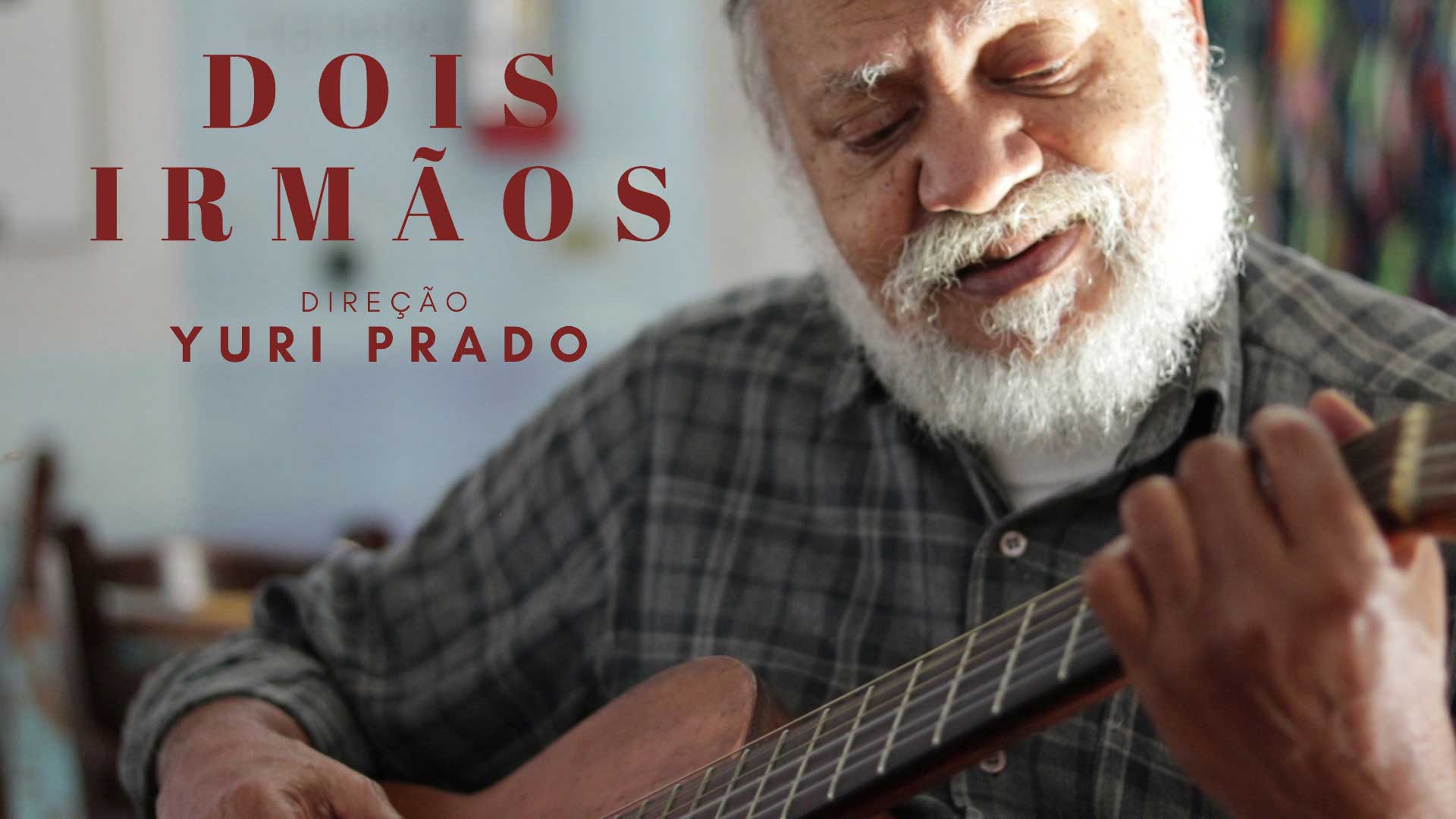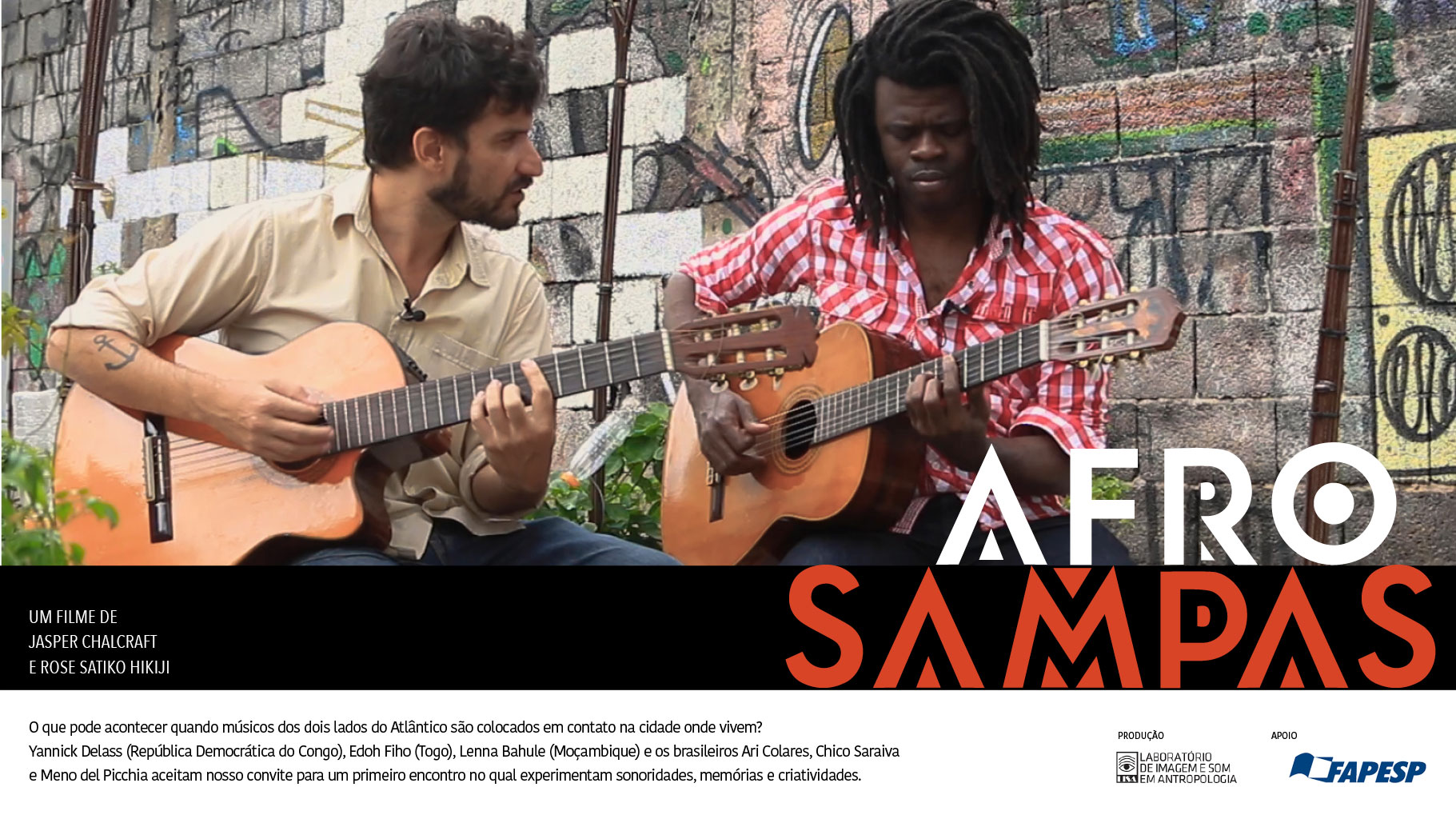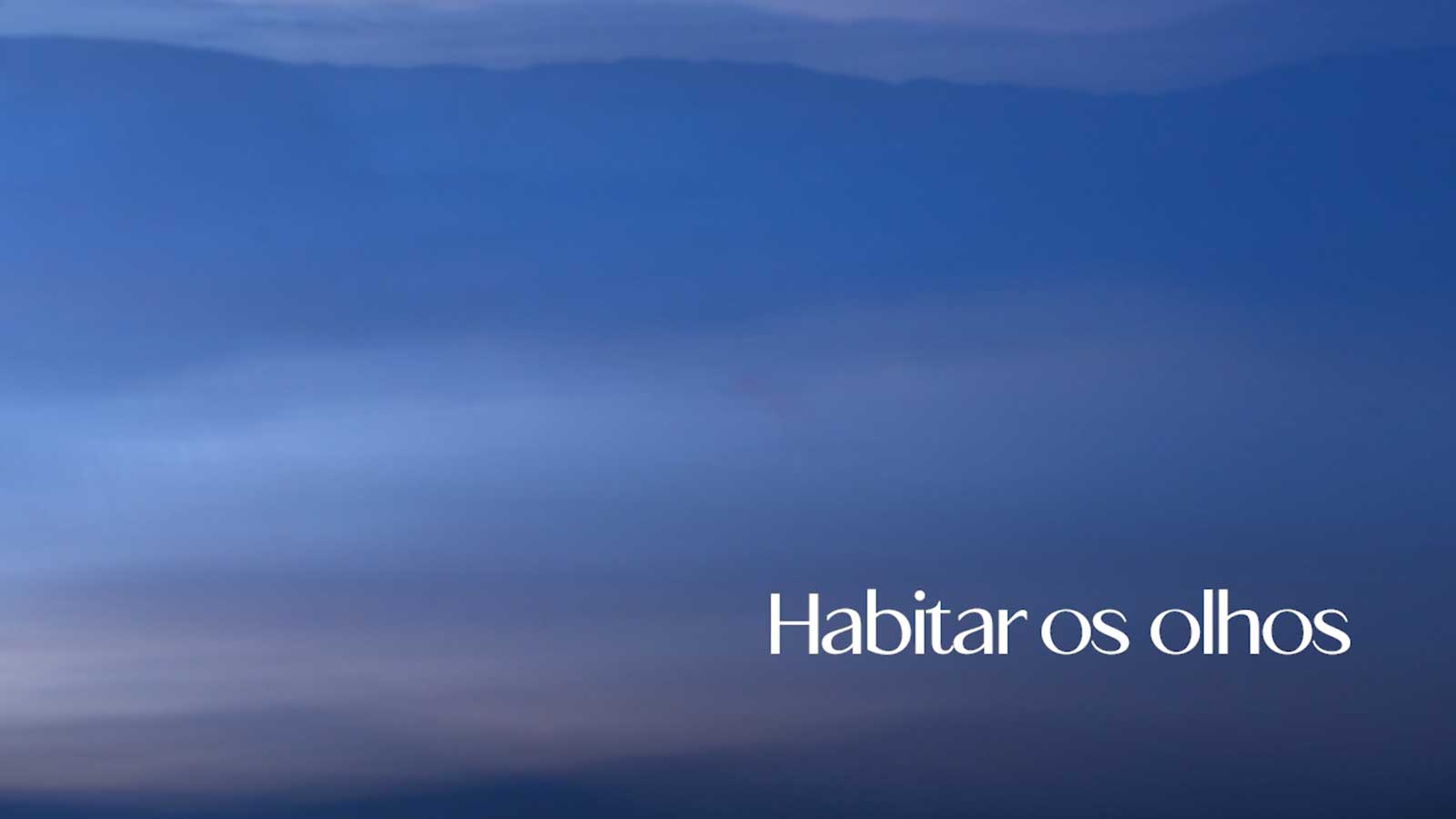Videos
Mestre Adó, Ediney de Sena, is a capoeira master from and in Santo Amaro da Purificação, Recôncavo da Bahia, active with his group, the Angola Cultural Association, since 1978. Among other masteries, skills, and responsibilities, a capoeirista must master various musical skills and practices. Repertoire, instrument construction, mastery of order and organization, including sound, of activities (rodas, training, etc.), and much more.
Mestre Adó, for his virtuosity in vocal and instrumental performance and other attributes, is a reference in the art, in Bahia, in various locations in Brazil, and around the world. The central theme of the film is the aspects that configure him as a Master of Sounds and all the implications and interconnections with the complexity of the dimensions that comprise the art of capoeira.
In "Floresta de Fitas", the composer and multi-instrumentalist from São Paulo Priscilla Ermel revisits her artistic trajectory together with the poet Cora Coralina and the anthropologist Carmen Junqueira, revealing resonances between the musical creations in analogue studios in the 1980s and the dreamlike universe of the indigenous ethnic group Cinta-Larga with whom the artist lived during this period. The script is based on the stories of these characters who participate in their first album "Saber Sobre Viver", produced by the legendary sound engineer Hugo Gama.
Trailer editing: Rayssa Cordeiro
Henrietta Mantooth (Missouri, 1924) is a visual artist involved in painting, installation and performance. In recent decades, she has dedicated herself to activism against mass incarceration in the United States, which particularly affects the country's black and Latino population. Through her works, Mantooth brings the situation to public debate regarding this population. In Jail Birds, the visual artist talks about her works in her studio in Manhattan and during the installation of a permanent exhibition at Hudson County Community College, in New Jersey.
In the royal processions of the Maracatu Nations in the mid-20th century, the figure of the Baiana began to be occupied by transvestites, frangos, and other bodies for whom femininity was not a given. The film, which is both the development and result of my master's research, seeks to present the relationship between these Baianas Ricas do Maracatu and their ancestry. The relationship with ancestry can be traced both from the memories of older Baianas and from contact with more than human female figures such as the Yabás, the Mestras de Jurema, Pombagiras, etc.
There are three main voices in the film: that of Aurélio, the first rich Baiana outside Recife, a non-binary queer person and a very important interlocutor in the research, who is also the director of the film; that of Mestre Maurício Soares, a baiana from the Nação Estrela Brilhante do Recife who has been teaching maracatu through her dance throughout Brazil for years; and that of Macaxeira, one of the most important baianas in the history of Maracatu.
Mário Miranda - Maria Aparecida is a key name in this story. This great babalorixá from the northern part of Recife moved between these names, crossing gender boundaries and creating spaces of possibility for other bodies to exist. Maria Aparecida is, in a way, the archetype of the wealthy Bahian woman, and it is also from her memory that other Bahian women prepare themselves, dress luxuriously, salute their own ancestry, and cross the avenue in the company of their peers, living or dead.
In this film, psychologist, performer and dancer Elizabeth Lewin tells how Arte Org body and perceptual therapy contributes to her work in Água de la Luna, an oriental dance group, and in Colectivo Máquina a Costura which, based on performances in spaces public, questions and confronts gender-based violence. Through their reflections, we delve into the topic of relationships between artistic creation, mental and bodily health.
The story of Bibiru, a kaikuxi (dog) that became panema, with no luck in hunting, and Waranaré Wayana attempt to cure him, so they could hunt together again. In an intense hunt, young people learn about the origin of ancestral dogs and the care they must take when hunting in their territory, located in the Amazon. Indigenous reflections on the relationships between humans and non-humans help to illuminate the interactions that non-indigenous people establish with the animals they feed on. All the images were taken by young Wayana and Aparai, who were learning to film for the first time in Bona village (Para State, Brazil).
Ãjãlí is a fun game where only the players' heads can touch the ball. This practice, shared by a few indigenous people in the world, is present among the Manoki and Mỹky populations of Mato Grosso state, Brazil, who speak a language of an isolated linguistic family. Young Manoki decide to produce the sequence of the first documentary of the game, recorded by the Mỹky, reproducing in the films their creative rivalry present in the games. Now with a feminine perspective on this big celebration, one of the hostesses reflects on the importance of complementarity between the different genders in the village life.
In São Roque, in the interior of São Paulo, residents and tourists gather monthly in a centenary house to follow the performances of the Grupo de Choro, Seresta e Serenata, which for ten years has been rescuing musical practices from the local past. Following the path of these sounds that connect houses, streets, people and temporalities, the film presents the memories that cross the engagement with music in this context, where remembering the past is also a way of building a space of sociability in the present. Three characters linked to the Group guide the development of the film: Mari (coordinator), Bela (godmother) and Zé do Nino (host).
What do African artists who arrive in Brazil bring with them on their journey? How do Brazil's African diasporas interact - the new creative diaspora and the historic one that turned the Atlantic into a cemetery? What stages are sought out, occupied or constructed, and then filled with the performances of artists who cross the ocean? Ancestral identities are updated in performances that construct an Afropolitan present in a metropolis where it is necessary to be bold, to colour the grey.São Palco - an Afropolitan City presents the city of São Paulo itself as a kind of meta-stage occupied by artists from Togo, Mozambique, the Democratic Republic of Congo and Angola, among other African nations, in dialogue with the Brazilian population and all of its openings, contradictions and tensions.
Trailer: https://youtu.be/3wWErwoC9uc
The film “What the River Said to Me” follows the trajectory of singer and composer Cleide Vasconcelos from Quilombo do Arapemã, which is located on the left bank of the Amazon River in front of the city of Santarém, west of Pará. Cleide is a quilombola leader from lower Tapajós region and music accompanies her in her daily life, becoming an important tool in the fight for her territory and in the relationships she builds with her family and with the social movement.
Three Brazilian drag queens prepare for a Drag Race in São Paulo. While getting ready for
the show, Satine, Di Vina Kaskaria and Gabeeh Brasil share about how experiences and struggles
lived in the process of elaborating their drags turned them into multi-artists. During the
contest, this transformation is revealed and staged, and mixes with the Caps Lock party, in the vibrant scene
independent electronic music in São Paulo.
Nubia is a clubber and photographer of the independent electronic music scene in São Paulo. Walking through the center of São Paulo, during the SP event in the streets, she photographs while dancing and interacting with friends and performers. Hers photographs reveal an original, political and aesthetic look, which vividly captures the scenes of this dazzling universe.
Every September 27, Julio Valverde and his family perform a Cosme and Damião caruru at Soteropolitano, a Bahia food restaurant located in São Paulo. Over 25 years, the promise to offer this party has been fulfilled. Will it be able to withstand the impacts of the pandemic?
The African presence in Brazilian music manifests itself in different ways. If in 1966, Baden Powell “Rio-fied” candomblé with the Afro-sambas he composed with Vinícius de Moraes, half a century later we experienced an unprecedented moment with the arrival of musicians from different African countries in the metropolis of São Paulo. In the film Afro-Sampas we see what can happen when musicians from both sides of the Atlantic are brought into contact in the city where they live. Yannick Delass (Democratic Republic of Congo), Edoh Fiho (Togo), Lenna Bahule (Mozambique), and the Brazilians Ari Colares, Chico Saraiva and Meno del Picchia accept our invitation to a first meeting in which they share sounds, memories and creativity.
Inhabiting the eyes, walking along images and following lines drawn with a camera are some of the experiences proposed in this film. It is based on the story and compositions made by photographer Evelyn Torrecilla, based on her experiences in Arte Org therapy, responsible for a transformation in her ways of seeing and photographing. The film invites the viewer to move their senses along photos taken by Evelyn. The soundtrack, composed by the musician and Arteorgian therapist Javiera Abufhele, also reflects the learning of this therapy. The result is a synaesthetic experience that suggests a shuffle between cinema, photography, drawing and music.
The production is the result of Post-Doctoral research, entitled "Ways of perceiving and ways of taking care of oneself: an audiovisual ethnography of Art Org therapy", carried out by Luis Felipe Kojima Hirano at PPGAS-USP and at the Laboratory of Image and Sound in Anthropology , under the supervision of Sylvia Caiuby Novaes, between 2019 and 2020. The research sought to systematize eight years of fieldwork in Arte Org therapy, created by Jovino Camargo Jr., which follows the principles of body and perceptive psychology by Wilhelm Reich. From a series of exercises that work the body and perception, Arte Org seeks to deal with contemporary human functioning, enhancing ways of seeing and feeling the world. In this research, I mapped the crossings of bodily and perceptive experience in the artistic production of photographers, musicians, dancers, actors and actresses from Arteorgu. The short film “Habitar os olhos” is the first episode of a series in preparation, which aims to imagetically explore the movements of these artists. The Covid-19 pandemic posed challenges to the film's initial conception. The impossibility of continuing the filming made room for an intense work of editing with photographs by Evelyn Torrecilla. If it was not possible to film the photographer's wanderings through different landscapes due to the quarantine, it was at least possible to walk along her photographs, thus seeking to get out of the confinement imposed by the pandemic. The result is a mix of documentary and photofilm – an invitation to listen to Evelyn's experience at Arte Org and to walk with one's eyes through her photographs.





